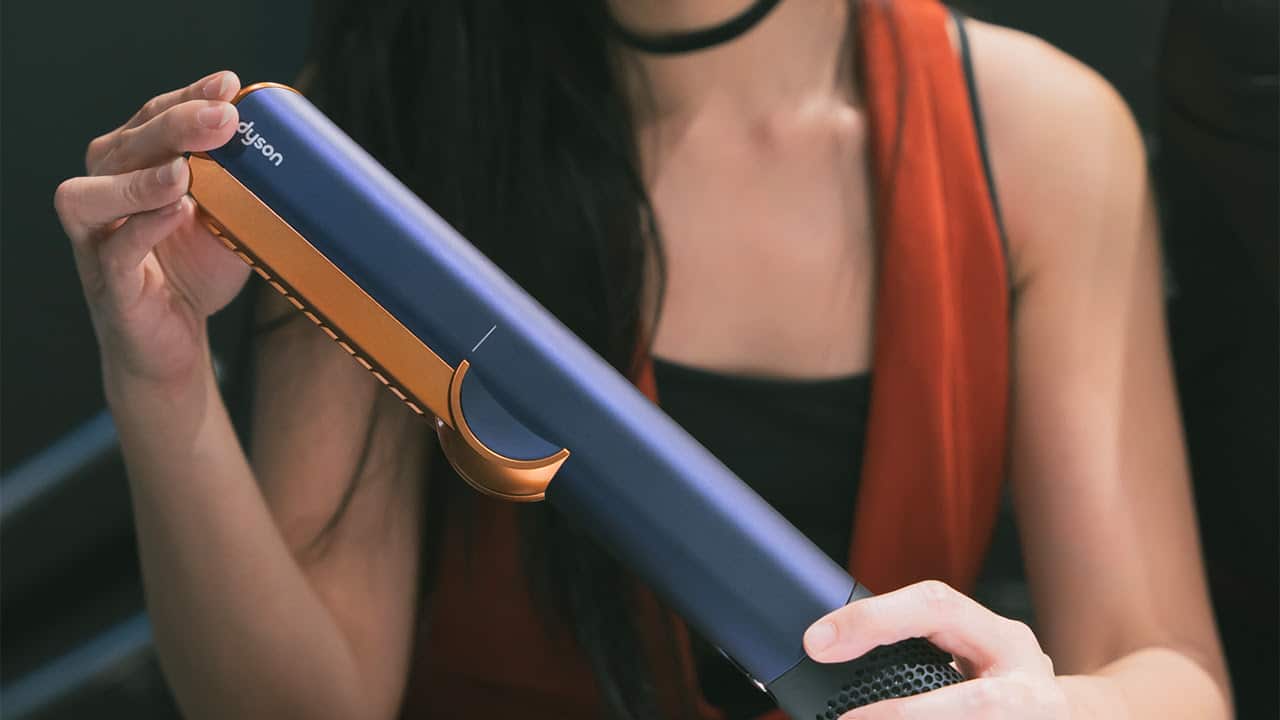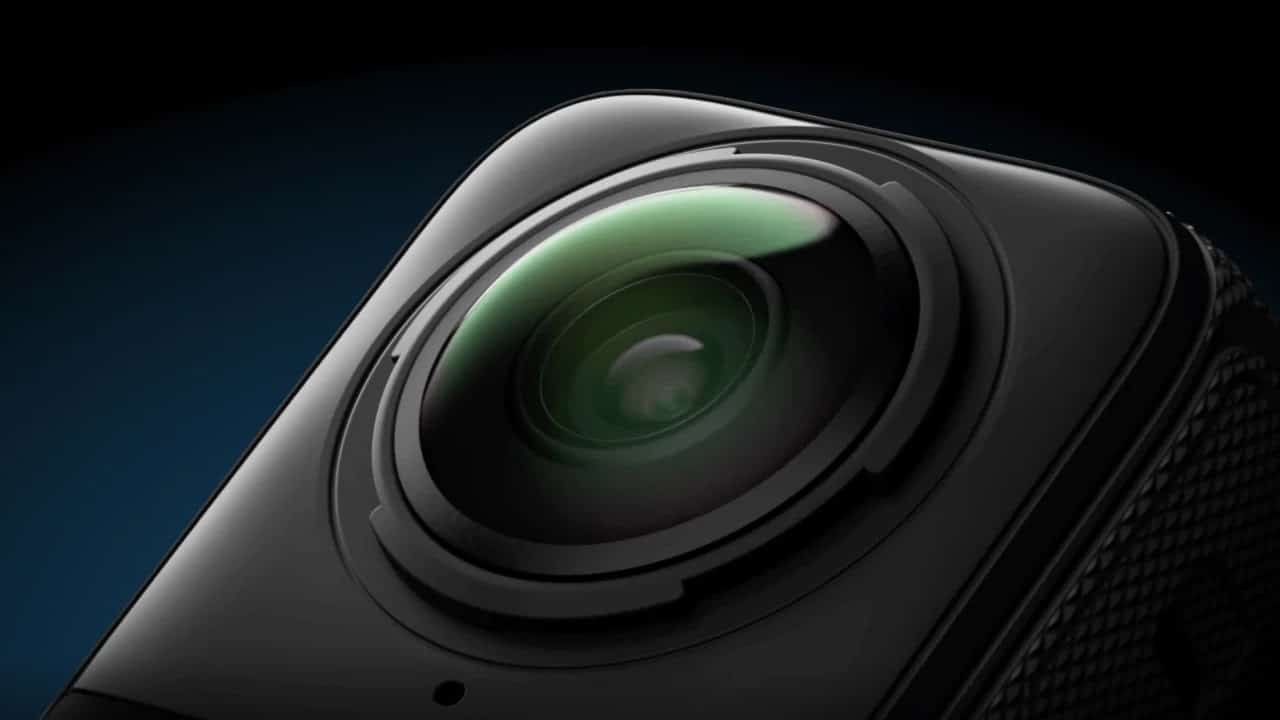Canon has just made official its newest full-frame camera — the EOS R5. It is the company’s first full-frame interchangeable-lens camera and with it comes serious specs and features that a lot of videographers could take advantage of.
This isn’t a sponsored post for Canon at all, but as a videographer, it’s pretty exciting to see what this camera offers. Let’s quickly talk about some of these new features and the possibilities they can open for today’s users.
Combination of IBIS and lenses with OIS
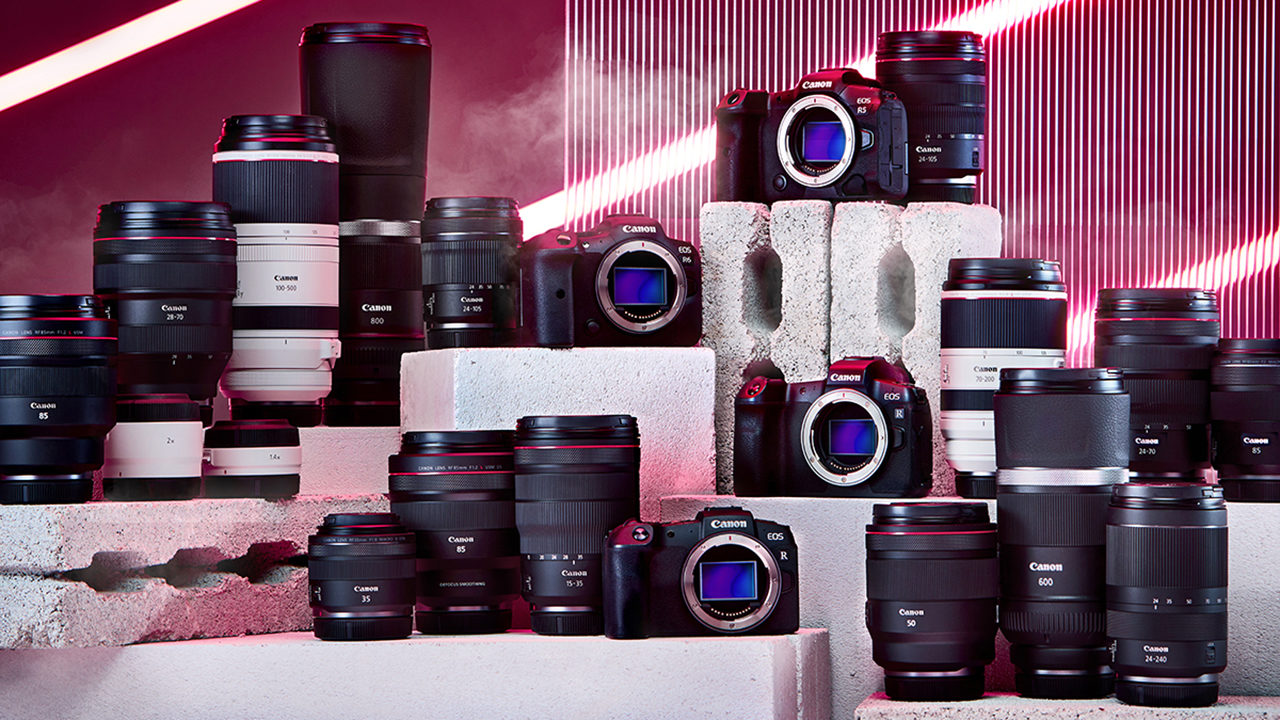
The EOS R5 has a 5-axis in-body image stabilizer (IBIS). In theory, using this together with the company’s RF lenses with their own optical image stabilization (OIS) built-in should look similar to using a dedicated stabilizer. Simple glides from left to right or walking should have minimal jerks.
During shoots, this means you wouldn’t always need to mount the camera on a gimbal which takes time and effort balancing.
According to Canon, this is done by using a new algorithm to be able to process gyro signal data and achieve higher image stabilization effects. This should also result to achieving optimized stabilization across the entire zoom range, from wide-angle to telephoto, depending on the lens in use.
Variety of shooting formats
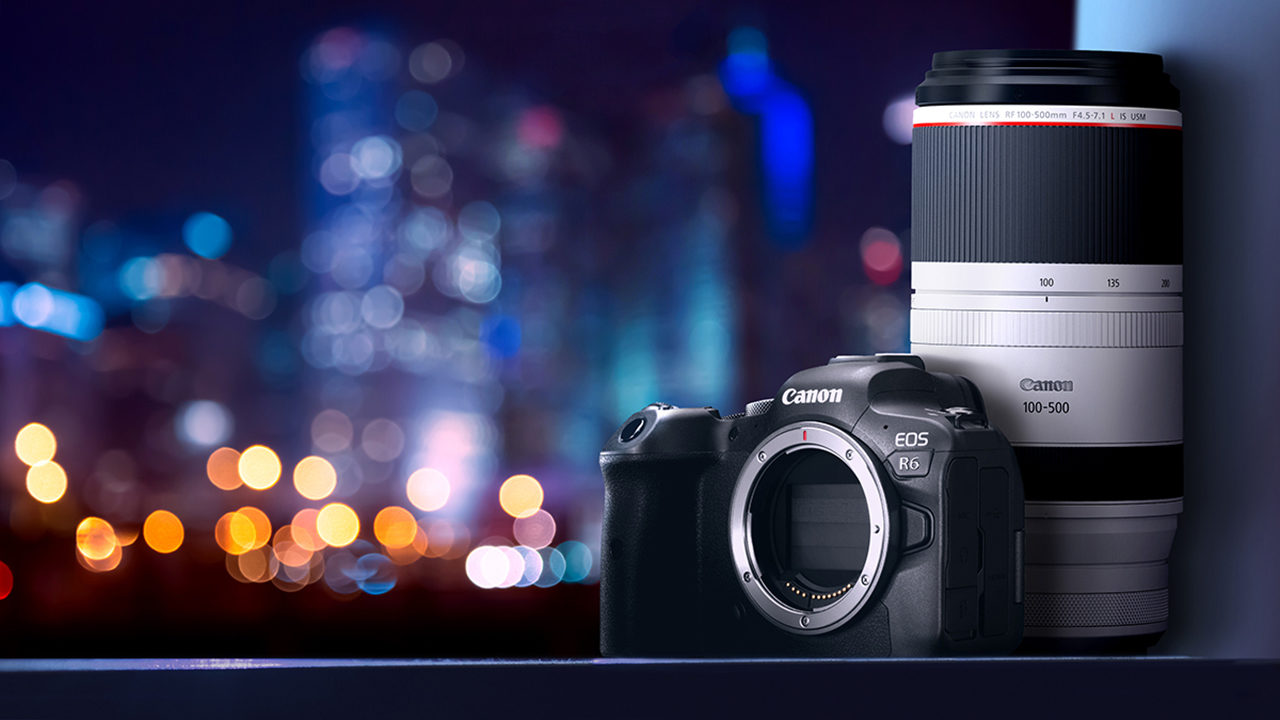
From Full HD HDR video, 4K timelapse, and up to 8K 30fps, the EOS R5 offers a wide range of shooting modes and formats. It is even capable of shooting 120fps in 4K which is a really impressive and sought-after feature by videographers today. With this specific shooting format, you can easily achieve slow motion of action or wildlife shots in 4K glory — think of the possibilities!
And for its 8K resolution, it captures 12-bit RAW video which you can easily crop in case you need to scale up your clips and still produce sharp 4K content.
Dual card slots for continuous shooting
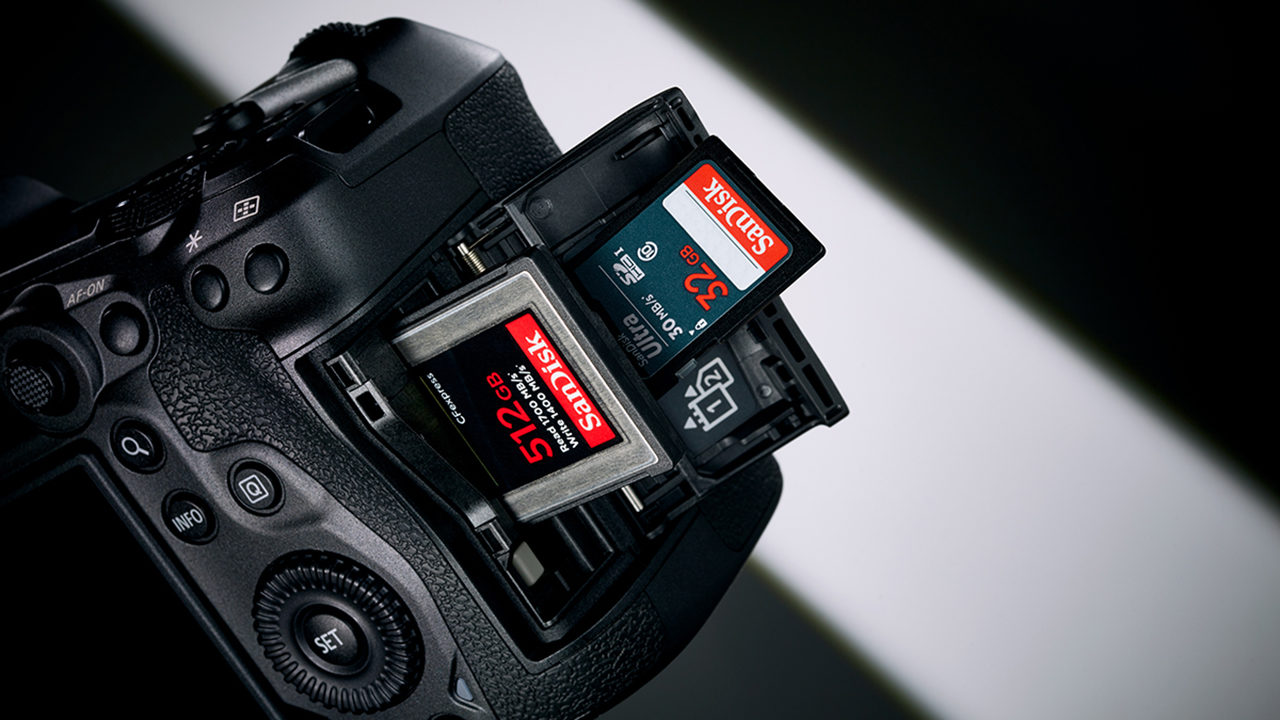
With its compact size, it’s still able to pack two card slots. One supports a more traditional SD card while the other is made for faster CFexpress cards. The CFexpress slot is capable of high-speed transfer which allows the camera to continuously shoot 8K RAW videos without the need for any additional recording equipment.
If you don’t need to shoot 8K videos, then you have more space for Full HD or even 4K recording and you wouldn’t need to change cards in-between shoots.
10-bit recording means easier and more flexible color correction
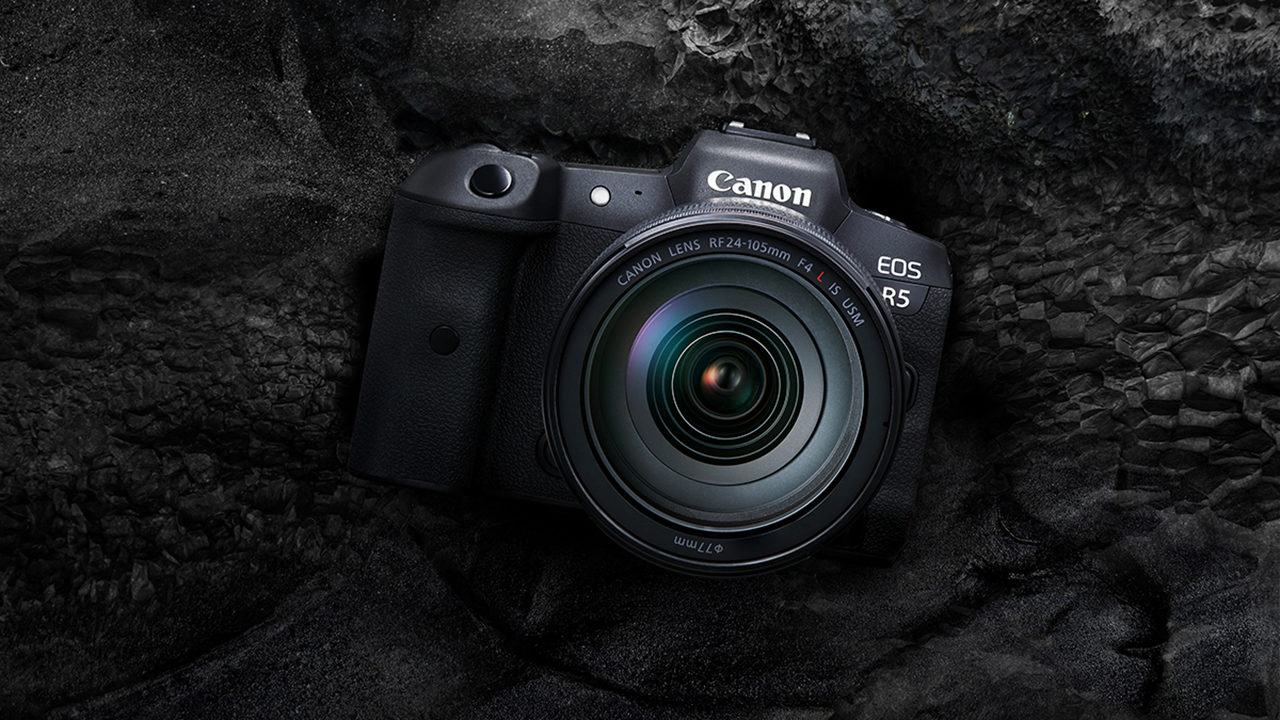
When talking about versatility in shooting, the higher the bit depth, the better control you have in post-production. And with the EOS R5’s capability to shoot in 10-bit across all video formats gives you a lot more data to work with. It can also record in 4:2:2 color sampling which, again, contributes to producing better images.
So basically, shooting at 10-bit 4:2:2 will make it easy to produce cinematic shots for films or short videos. Plus, together with its 45-megapixel full-frame CMOS sensor, you really get high-quality footage every time.
Better autofocus capabilities
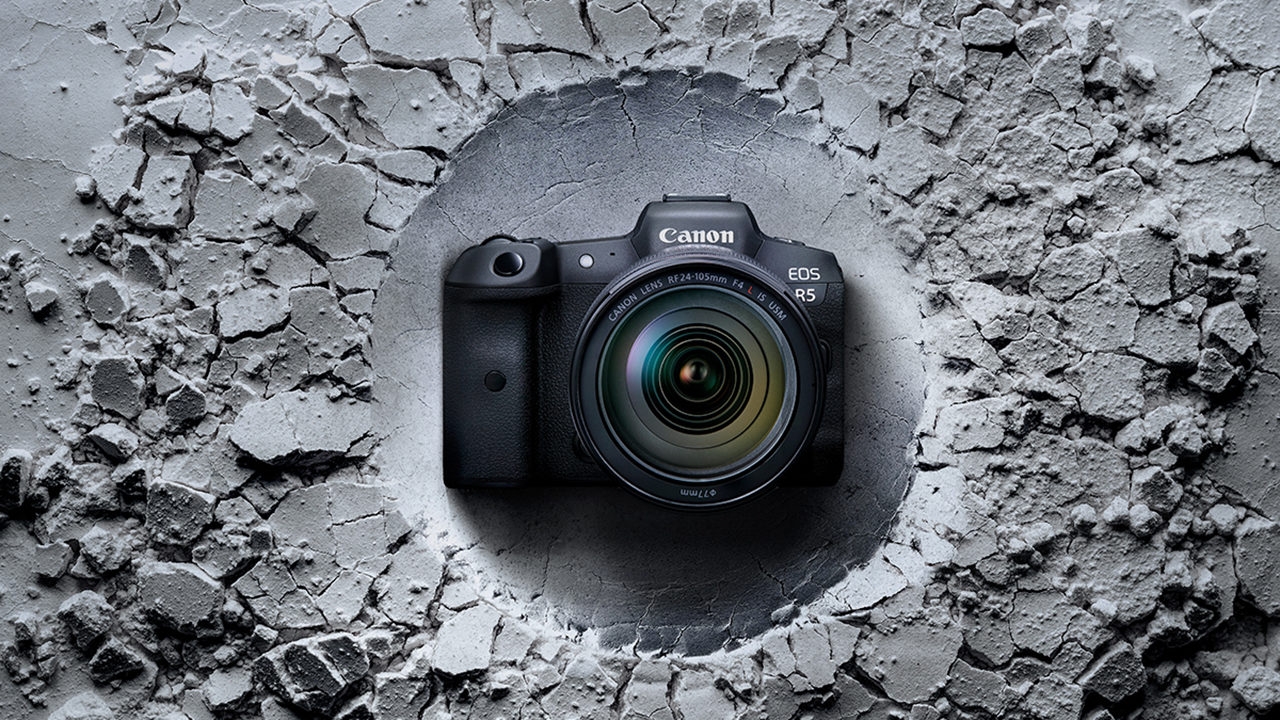
Finally, Canon has been known for its fast and accurate autofocus, and for the EOS R5, their system just got upgraded. Its Enhanced Dual Pixel CMOS AF promises a more reliable autofocus performance.
Additionally, its AF coverage can cover the entire sensor so focusing is available on any part of the frame. For comparison, the new EOS R5 has 7 times more AF points than the previous EOS R.
While other cameras have limited AF depending on what format you’re shooting, the EOS R5 has its AF system active whatever file format or resolution you’re on. So shoot away!
Final thoughts
Again, these are just based on features presented upon the EOS R5’s launch. On paper, its specs and capabilities simply unlock new possibilities for videographers. Of course, we still need to try it ourselves to be able to properly give a verdict on the camera.

